Are you looking for an effective self-defense technique? You might be torn between Brazilian Jiu Jitsu (BJJ) and Karate. Read on to find out which one is right for you!
This article aims to provide a comprehensive comparison between karate and jiu jitsu, making it easier for you to decide which one will best suit your needs.
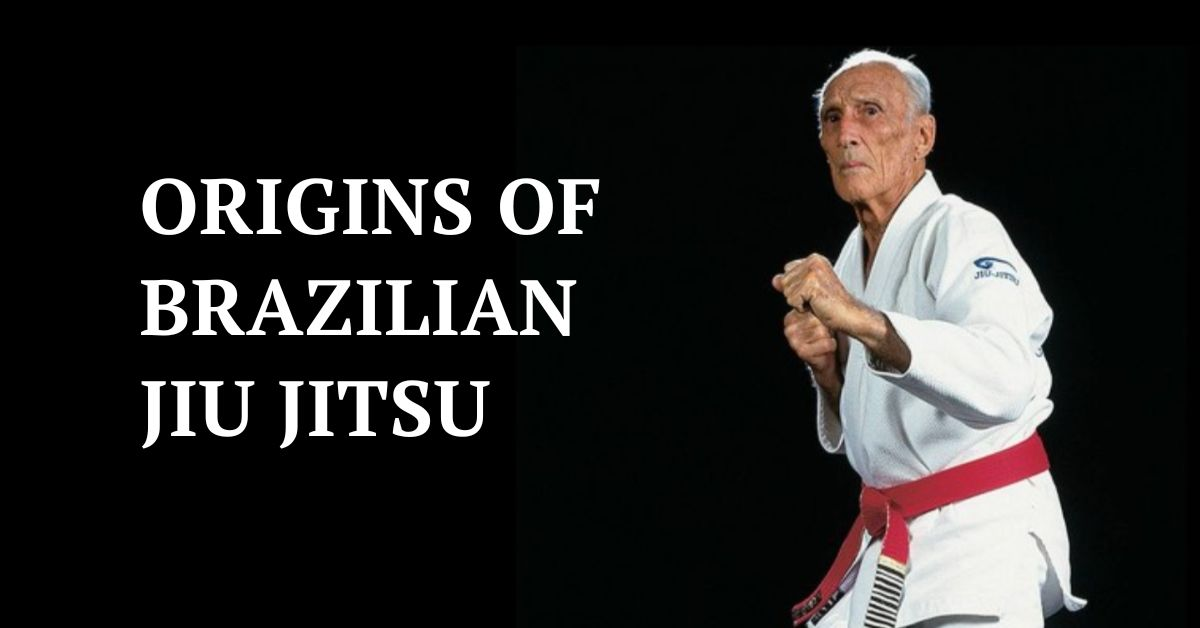
Origins of Brazilian Jiu-Jitsu
Brazilian Jiu-Jitsu (BJJ) is a martial art and combat sport developed from Kodokan Judo in the early 20th century.
It focuses on ground combat techniques and leverages natural body movements to use an opponent’s strength against them.
Jiu-jitsu master Hélio Gracie, who believed in the concept of using leverage rather than relying solely on strength was the precursor for the development of future Jiu Jitsu schools.
Brazilian Jiu-Jitsu promotes the idea that any smaller or weaker person can use technique to successfully defend against a stronger assailant with proper training and dedication.
History Of BJJ
The history of Brazilian Jiu-Jitsu is relatively new, emerging around the 1920s when Carlos and Hélio Gracie began teaching their form of judo to students in their hometown of Rio de Janeiro, Brazil.
The Gracies’ brand of Judo was heavily influenced by Japanese Jujutsu, but with a focus on ground fighting. With the help of Royce Gracie jiu jitsu began to become quite popular in Brazil and slowly gained adherents there before migrating to other parts of the world.
The emphasis on ground combat within traditional Jiu-Jitsu has led it to become one of the most widely used martial arts for sport grappling tournaments such as the Ultimate Fighting Championship (UFC). This also became popularized by the UFC commentator Joe Rogan.
Today, BJJ has spread around the globe with practitioners from all levels and all martial arts (such as Muay Thai) competing at international events as well as within their local communities.
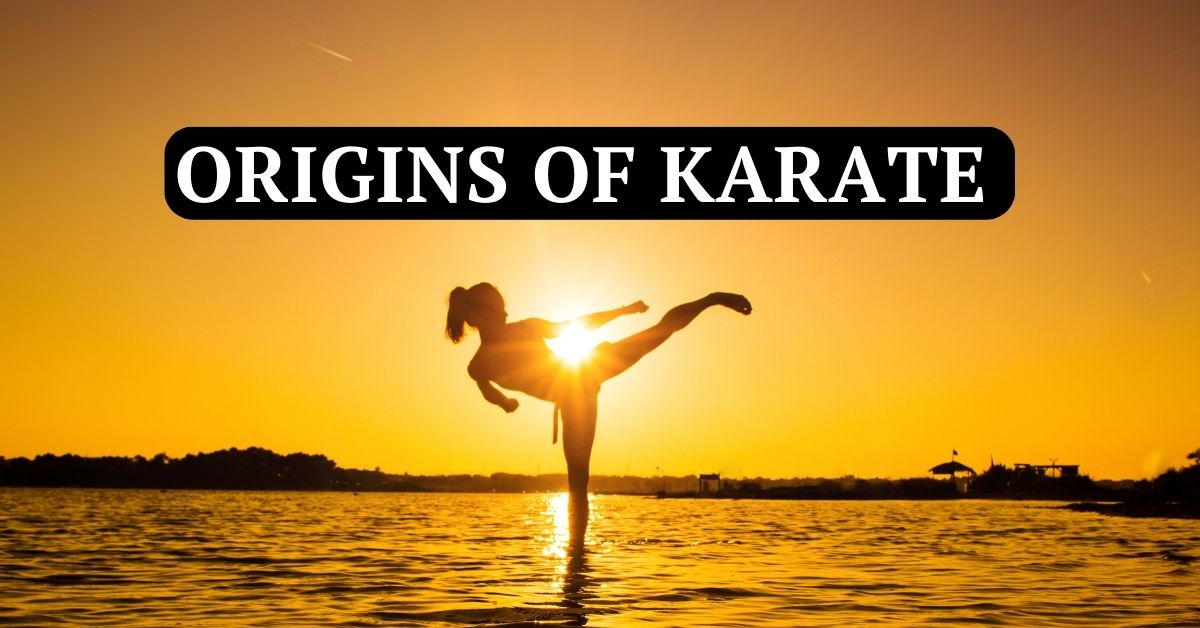
Origins of Karate
Karate originated in the Ryukyu Islands, which are now part of Japan.
Its roots can be traced back to the 14th century and it has since evolved into a system of unarmed combat that includes a wide range of self-defense techniques.
These techniques emphasize traditional hand-to-hand combat and body movements that allow practitioners to defend themselves by using their opponents’ natural physical advantages against them.
Karate is known for its powerful kicks, punches, blocks and strikes that make it an effective form of self-defense in hand-to-hand combat.
It also teaches practitioners honor, discipline and respect for those they practice with. In recent years, Karate has emerged as a popular martial art due to its impressive offensive karate techniques and defensive capabilities. It is now an olympic sport.
The 5 Key Differences Between Jiu Jitsu and Karate
Jiu Jitsu (BJJ) and Karate have become increasingly popular in recent years, offering benefits such as discipline, stress relief and improved overall health.
But with so many styles to choose from, which one should you pick? To help decide, let’s look at the 5 key differences between Jiu Jitsu and Karate.
- Roots
Brazilian Jiu Jitsu originated in Japan over 500 years ago, while Karate developed in Okinawa during the 16th century. Both involve a mix of strikes, throws and grappling but differ in focus—Jiu Jitsu emphasizes submission holds such as chokeholds or joint locks while sometimes using takedowns while Karate consists mainly of punches and kicks aimed at defending against attackers without going to the ground.
- Techniques
BJJ techniques focus on the ground where opponents often use a variety of submissions like chokes or joint locks to win matches. These techniques include using leverage to control opponents’ bodies while avoiding direct violence like striking or kicking that is found in karate forms of self-defense.
As such, BJJ is widely acknowledged as an effective technique for neutralizing an adversary from a stand-up position by transitioning them onto the ground and applying pressure until they are subdued or make a submission request.
- Gear
BJJ practice usually requires minimal gear other than a gi (uniform). In comparison, traditional karate practice typically calls for more specialized gear such as protective uniforms with chest guards which can be pricey if practiced frequently.
- Rules
Professional BJJ bouts are mainly fought in a specific set of rules created by the International Brazilian Jiu Jitsu Federation called IBJJF Ruleset which among others requires athletes to engage only within certain grappling positions such as clinch guard or guard retention plans before engaging takedowns or submissions on their opponents depending on points allocated during each match round format.
In contrast professional karate fights are typically fought in Round Robin style tournaments unless governed by World Karate Federation rules which allows point scoring strikes thrown within two vulnerable zones namely head kick zone & body target zone depending on fighter’s belt grade system rankings.
- Mental Focus & Training Habits
The dynamics between BJJ & Karate differ greatly when it comes down to intensity levels required both mental & physical wise making each martial art suitable for different skill levels and preferences since practitioners need different mental dispositions for each understudy discipline.
While karate may involve more strenuous drills usually incorporating linear basics, powerful attacking stances, improved footwork sequences, advanced blocking techniques etc.
Brazilian Jiu Jitsu in The USA
BJJ has become increasingly popular in the United States, especially since its success in Mixed Martial Arts competitions.
The origins of BJJ can be traced back to Japan and Mitsuyo Maeda, who brought his martial arts skills from Japan to Brazil during the early 20th century. BJJ had already become popular in Brazil prior to the 2000 Summer Olympics in Sydney, where it was featured as part of a demonstration match with great success.
It soon spread around the world as a form of self-defense and is now widely used by law enforcement personnel, MMA fighters, and recreational martial artists.
In the US alone, BJJ has grown significantly over the last two decades due to gyms dedicated specifically for it popping up all across the country – giving greater access for those interested in learning how to defend themselves against armed or unarmed attackers on their own terms.
These gyms offer valuable instruction from black belt teachers as well as training partners who provide support throughout progressions from beginner to expert levels of grappling knowledge.

Techniques: BJJ vs Karate
BJJ and Karate are both martial arts disciplines that have been practiced for many years. Although their roots can be traced to different countries, their underlying principles are the same – using an opponent’s energy against them to win.
To understand better how they differ, let’s look at some of the technical aspects of BJJ and Karate:
Techniques in Karate
Karate is a striking martial art that involves using blocks and punches to attack an opponent. There are two main facets of karate – Kihon, which teaches basic stance, punches, and kicks; and Kumite, which focuses on sparring with opponents.
This martial art is characterized by strong spiritual discipline, respect for opponents, mental focus during combat as well as physical prowess and strength. Karate also incorporates traditional weapons such as staffs and swords into more advanced teaching.
One technique in particular that sets karate apart from other martial arts is Keri gaeshi or “returning kick”: Using the instep of your foot or the back edge of your heel to force the opponent’s leg back after a kick has been thrown at you.
Another key technique used in karate is Nagashi uke, a simultaneous upper-level block and strike wherein you block your opponent’s attack with one hand whilst striking them immediately with the other hand.
Kicking techniques also play an important part of Karate training – mawashi geri (roundhouse kick), ura mawashi geri (back roundhouse kick) and kekomi geri (thrusting kick) are some of the most commonly taught kicks employed in self-defence scenarios.
Striking points are also vital in Karate – targeting joints on the body like elbows, wrists or knees can be incredibly effective when used correctly by students during sparring matches or training drills.
Techniques in BJJ
Techniques common in BJJ include chokes, arm locks, and takedowns. Control is typically secured through a grappling exchange, as opposed to striking as found in some other martial arts like karate.
The goal of BJJ is to control and neutralize an opponent with minimal effort using locks, takedowns, sweeps and other submission hold such as the jiu-jitsu guard position.
In addition to its defensive tactics, BJJ also has offensiveness capabilities such as strikes from mounts or guard positions as well as throws from standing positions or from guard positions. Another key aspect is ground fighting which can be used to further develop control over an opponent with holds or submissions.

Strength & Conditioning
When choosing between Brazilian Jiu Jitsu and Karate, one of the most important aspects to consider is strength and conditioning.
While both arts can be extremely beneficial for promoting overall physical fitness, there are some key differences between them.
Brazilian Jiu Jitsu is known for being a grappling-based system with emphasis on submission techniques, ground control, levers and joint locks.
It’s also a perfect option for self-defense due to it’s leverage-based techniques which require great conditioning and strength in the practitioner’s body to execute properly.
With that in mind, learning this art form does require dedication to physical conditioning; this often includes:
- Stretching exercises
- Weightlifting
- Cardio endurance training
- Grappling drills
Karate on the other hand puts more emphasis on striking techniques such as punching, kicking and blocking – making it ideal for self-defense in standup situations.
Like BJJ however, since Karate incorporates many dynamic movements that place a great demand on the body – additional strength training is still recommended by practitioners if they want to excel at their art even further.
Additionally its focus on strikes makes it demanding physically since stances need to be developed in order to generate maximal power when executing various kicks or punches – again requiring dedication to proper exercise regime if you want peak results in your karate journey.
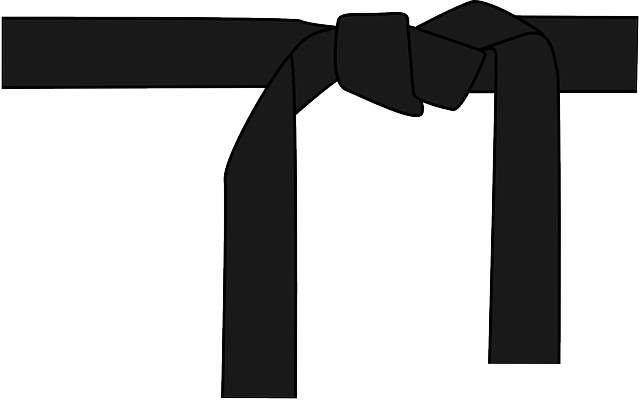
The Belt System of BJJ Vs Karate
The trademark of BJJ and many other martial arts is their ranking system.
In Karate, there are 6 belt colors – white, yellow, orange, green, blue and brown; whereas with BJJ there are 9 belt colors – White Belt through Red-Black Belt. Keep in mind the are different from the belt system in Gracie Jiu Jitsu.
Karate Belt System
In the Karate belt ranking system, each belt level represents a set of skills that should be mastered before progressing to the next belt.
It is important for students to have proper instruction from a recognized organization in order to reach higher levels in their training. It typically takes an average two to three years for an adult student to move from one belt color to the next in Karate.
BJJ Belt System
In Jiu Jitsu however, the timing between belts often varies greatly due to various factors such as individual advancement rate and competing achievements.
It could take anywhere from several months for children or even up to twenty years for elite competitors who compete at the highest level of competition in Brazil’s annual World Championship tournament before they can rise from white belt all the way up through the red-black belt level ranking system.
Overall it is clear that compared with karate’s simpler system are more suited for those looking at a longer term journey or greater sense of growth as they progress through their martial arts studies as it takes longer yet yields much more complex understanding of BJJ than karate’s linear approach which leads more quickly towards understanding this form of combat but your progress can often feel less meaningful.

Jiu Jitsu vs Karate: Which Style is Better For Cardio?
Both BJJ and Karate are excellent for improving cardiovascular fitness, but there are some differences to consider when deciding which one is right for you.
Karate is a striking art that works on developing your striking power and accuracy, while BJJ focuses more on joint manipulation and position. Both will provide an intense cardio workout, however BJJ is the more aerobic of the two due to the rate of movement and constant grappling.
In terms of burn-rate, karate will burn fewer calories compared to BJJ due to its static nature – a typical karate class might involve lots of drills that focus on a particular movement or combination while in a BJJ class you’ll find yourself transitioning between different positions often, keeping your heart rate higher for longer.
Conversely with karate it’s likely that you’ll take fewer breaks than with BJJ therefore increasing your oxygen output regardless. That said, with either martial art you can expect some serious cardio conditioning if you’re putting in the effort!
It all comes down to what type of exercise you enjoy most – Karate provides an invigorating full body workout unlike any other type of exercise (emphasis on hand-eye coordination) whereas Jiu Jitsu incorporates techniques from multiple disciplines: judo, sambo etc… giving it more complexity and depth than Karate can offer.

Rules of Karate And Jiu Jitsu
BJJ and Karate are two popular martial arts styles. Both arts have distinct advantages in the world of self-defense, competition, and physical fitness. To determine which one is most appropriate for you to pursue, it is important to understand the fundamental rules and concepts underlying each style.
One big difference between BJJ and Karate rests in their core foundations. BJJ focuses on grappling, ground work, and submission fighting, while Karate prioritizes striking – punching, kicking, kneeing etc. Using throws and pins or using strike combinations – it’s up to you to decide which type of a fight each situation requires.
In terms of rules and regulations for each style: BJJ matches follow a traditional bracket system known as round robin tournament play with teams scoring points during regulated matches. Matches often consist of 5 minutes or have time limits set by the gym or school hosting the tournament; depending on the category!
On the other hand, Karate tournaments are typically divided into Kumite (sparring) categories like point sparring (light contact) o full contact sparring (harder contact). Punches, kicks and grabs can be used against an opponent in an attempt to score more points than before a match timer sounds off!
At the end of the day both BJJ & Karate have great life lessons that can be taken away from each martial art discipline – from discipline & respect through dedication & determination training classes will help you succeed as far as reaching life goals!
Ultimately deciding what martial art style is best for you depends on your personal goals & interests so take some time exploring both before making a final decision!
Apparel in Karate Vs BJJ
When practicing karate or BJJ, athletes require different types of apparel to ensure their safety and maintain their hygiene and comfort.
Karate uniforms, or gi, are a traditional Japanese garment consisting of a lightweight cotton jacket and pants with white belts that signify the practitioner’s rank. Many karate dojos will also require sparring gear such as gloves, shin guards and headgear.
In jiu jitsu, the traditional gi is replaced by a specialized uniform called the gi-top and pants that are made from lightweight, breathable fabrics intended for grappling. BJJ practitioners will also wear a black belt to represent their level of skill.
For competitions, special rashguards should be worn for protection when grappling. No protective equipment is required for training in BJJ other than mouthguards, which are optional due to the no-gi style of fighting prevalent in many schools.
Which is Better For MMA, Jiu Jitsu or Karate?
When it comes to martial arts, BJJ and Karate are two of the most popular disciplines. But which is better for Mixed Martial Arts (MMA)? While both styles have strengths and weaknesses, there are some factors that make one more suitable than the other in an MMA context.
Karate is best suited to self-defense and fitness, whereas BJJ is specifically designed for ground fighting. The stand-up techniques of karate require speed, coordination, and power, but they may not give a fighter enough options when in a grappling situation. Karate practitioners excel in strikes like punches and kicks, but lack grappling techniques and submission holds that BJJ fighters specialize in.
While BJJ does involve striking applications to set up takedowns or submissions, it focuses heavily on the art of ground fighting. As such, it has all the skills necessary to succeed in an MMA bout when going toe-to-toe with other grapplers or MMA strikers on the ground.
BJJ also trains practitioners to become comfortable fighting from their guard position – something that can be challenging for someone without any experience of submission grappling arts like Judo or wrestling.
In addition, studying various positions like half guard and side control allows you to control your opponent during fights more efficiently than karate alone could provide.
Ultimately it depends on what kind of fighter you want to become; if you are looking for training in self-defense with some exercise benefits then karate is probably a better choice than BJJ.
But if you want specialized during training for MMA competitions then Brazilian Jiu Jitsu offers many advantages over karate that make it an ideal discipline for mixed martial arts fighters.
Jiu Jitsu vs Karate: Which Builds More Muscle?
Jiu Jitsu and Karate are two martial arts styles with a lot in common, but there can be significant muscle building differences between the two depending on your goals.
Jiu Jitsu puts a greater emphasis on individual technique and is excellent for building muscle control and strength. Because of its focus on grappling and groundfighting, most of the muscle growth from jiu-jitsu will be concentrated in the core area (upper back, abs, legs) rather than large muscles like the arms or shoulders.
Karate has a much more aesthetic element associated with it as well – it’s designed to look impressive when practiced correctly. This means that karate is great for developing large muscles like the arms, shoulders and back which stand out more easily than smaller core muscles. It isn’t set up to be a cardio workout though so you won’t get as much calorie burning benefits as jiu-jitsu would provide.
So which style should you choose? It depends mostly on what your goals are – if you want to develop strong core control and efficient movements then jiu-jitsu may be the better option; whereas karate can give you quick results for larger muscles due to its accessibility and striking potential.
Ultimately it comes down to personal preference – decide what kind of workout you want and make a choice based off of that!
Injuries in BJJ and Karate
Before choosing between BJJ and Karate, it’s important to understand the risks and potential injuries involved in each martial art. While both involve rigorous physical activity, there are some key differences in how each sport can affect an individual’s health.
In Brazilian Jiu Jitsu, much of the contact made is either direct or indirect, depending on the type of practice being done. Direct contact is often limited to grappling techniques such as chokes or joint locks with partners in close quarters.
Indirect contact takes place with throwing techniques on a mat – typically there is no physical contact during these practices but they can still involve falls and impacts that create risk of injury. The most common injuries associated with BJJ involve sprains and strains to ligaments and muscles while more extreme cases may result in broken bones or even concussions.
Karate is primarily a striking martial art which requires opponents to stand in opposite stances at a distance before beginning their sparring session. Full contact often takes place if both participants agree; this involves strikes at full force which can lead to considerable impact trauma such as fractures, bruises, or worse depending upon the intensity of the exchange.
Although Karate has its own set of protective equipment like hand wraps, gi/karategi, groin guards/jackets/pads etc., there can be still significant risk from cumulative damage from long-term practice of Karate sparring contacts.
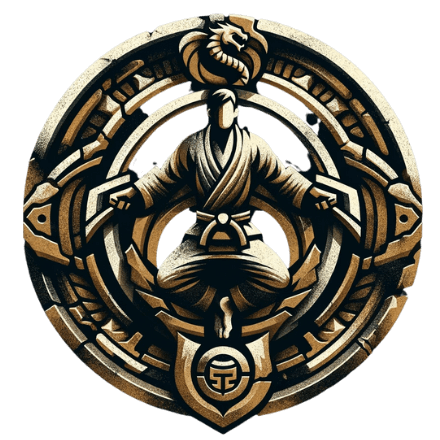
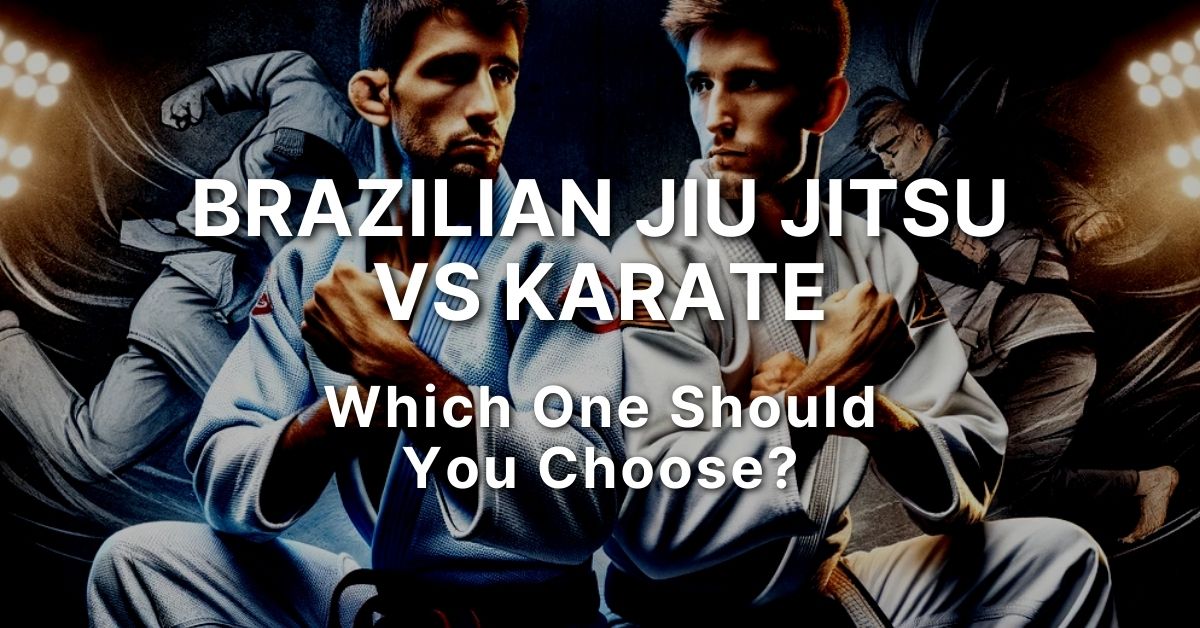
0 Comments